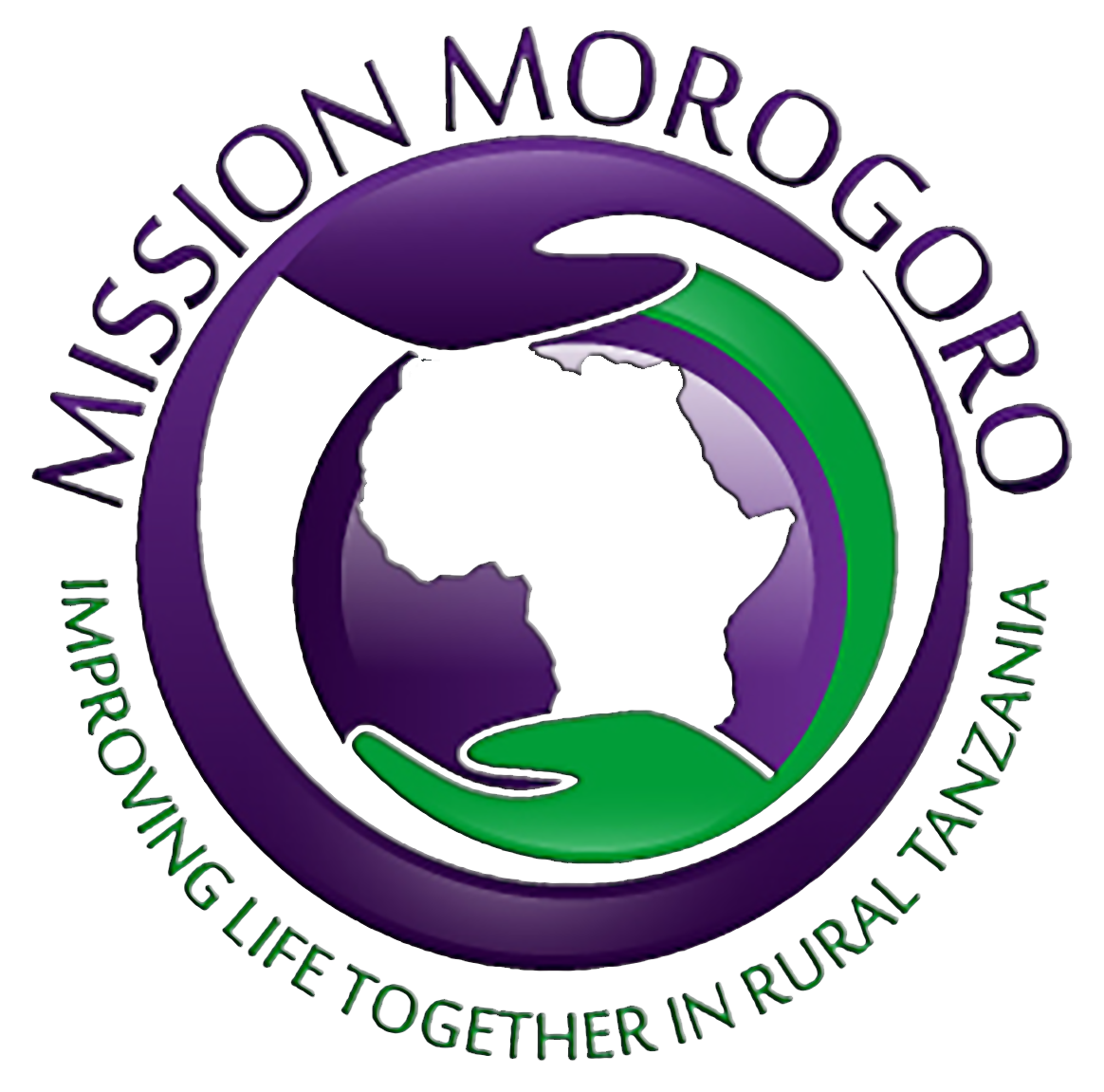Ambulance
June 2024 Update
During our visits to Tunguli, including in 2023, we always spend time with Tito the ambulance driver to check that it continues to serve the community well. With the ambulance now several years old, we arranged for it to refurbished earlier in 2024 and is now fit hopefully for the next several years. It is providing an invaluable, indeed life saving, service. We wanted you to hear the reality of how it is used and the following are two real life stories which show the importance of the work it is doing.
23/9/2018: “My name is Sala Zefania. I do remember that date. In fact I cant forget that day because when I was referred from Tunguli HC after some complication of my pregnance my relatives ran away and left me alone saying that I was bewitched that is why I could not have a normal delivery! Am happy the center provided me the ambulance for free with a nurse to escort me. Fortunately on the way I got a normal delivery! Am so happy and proud of the ambulance.”
16/4/2019: ”My name is Veronica Chabaja. I got complications during my pregnance, hence I had to be referred to Berega hospital.I was fearing about my life but the doctor encouraged me that the ambulance will take me to the hospital soon and I will be safe.Am so happy I was brought there safely and I got a baby boy.May bless those who had the idea of having an ambulance for us in Tunguli.”
Background to the ambulance project
The need
Tunguli Health Centre serves a rural catchment area of some 250 square miles with a population of around 50,000 people. Patients travel up to 15 miles on mud roads on foot, by bicycle or (if they are really fortunate??) by piki piki (motorcycle taxi). None of these options is suitable for pregnant women or others in need of medical care or treatment. It was clear from our earliest contact with the HC that some form of ambulance transport was needed but the problem was how to afford it.
The solution
Late in 2015 two wonderful things happened. First we became aware of an alternative to very expensive 4x4 ambulance vehicles. The e-Ranger motorcycle ambulance is designed in the UK and manufactured in South Africa, specifically to work in African conditions. It can do all the things an ambulance needs to, such as carrying walking or stretcher patients plus a medical attendant, but at a quarter of the cost of a 4x4 and with better mobility in the difficult road conditions of rural Africa. For more on the e-Ranger ambulance see http://www.eranger.com
The second wonderful moment was when a benefactor offered to fund an e-Ranger in memory of her late husband. She wanted a lasting memorial to Ivor, which would bring benefit to the lives of others. This bequest has also provided funding to cover operating costs of the ambulance for the first three years, during which time we aim to establish a long-term support model to ensure sustainability.
Saving lives and easing suffering
Well it all took a bit longer than we had hoped, due mainly to the usual delays at the port in Dar Es Salaam, but since September 2016 the ambulance has been in action. The driver has been trained, pic of Tito on the ambulance the ambulance commissioned and patients are benefitting. Our driver, Tito, reports that the e-Ranger is very manoeuvrable and over rough roads can travel more quickly than a large 4x4. During its first month of operation the ambulance transported around 30 patients to and from the HC and also to Berega Hospital for more specialist treatment. Many of these trips involved emergencies such as caesareans and serious illnesses such as fractures, malaria and pneumonia. As the short rains approach (December) the roads will become more difficult and incidences of malaria will increase so the ambulance will be working flat out.
A part of our plan for the future is to run outreach clinics for more remote communities and the ambulance is likely to be a key part of this programme also. Who knows, perhaps a second e-Ranger one day?
Watch this space ……..


